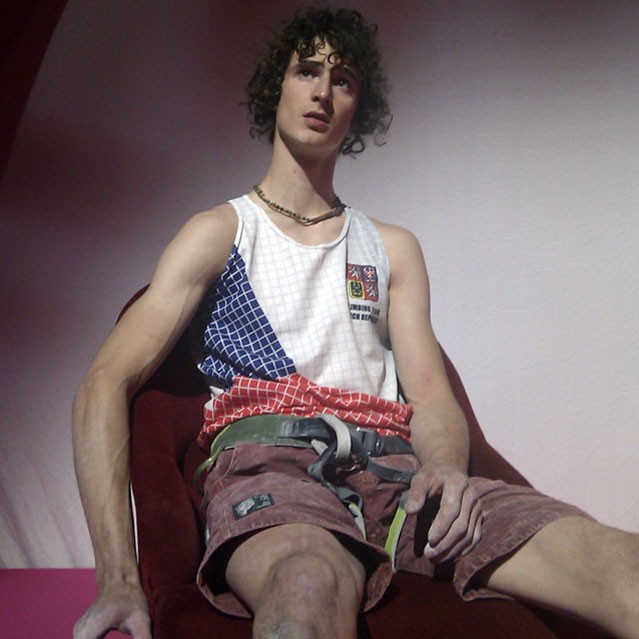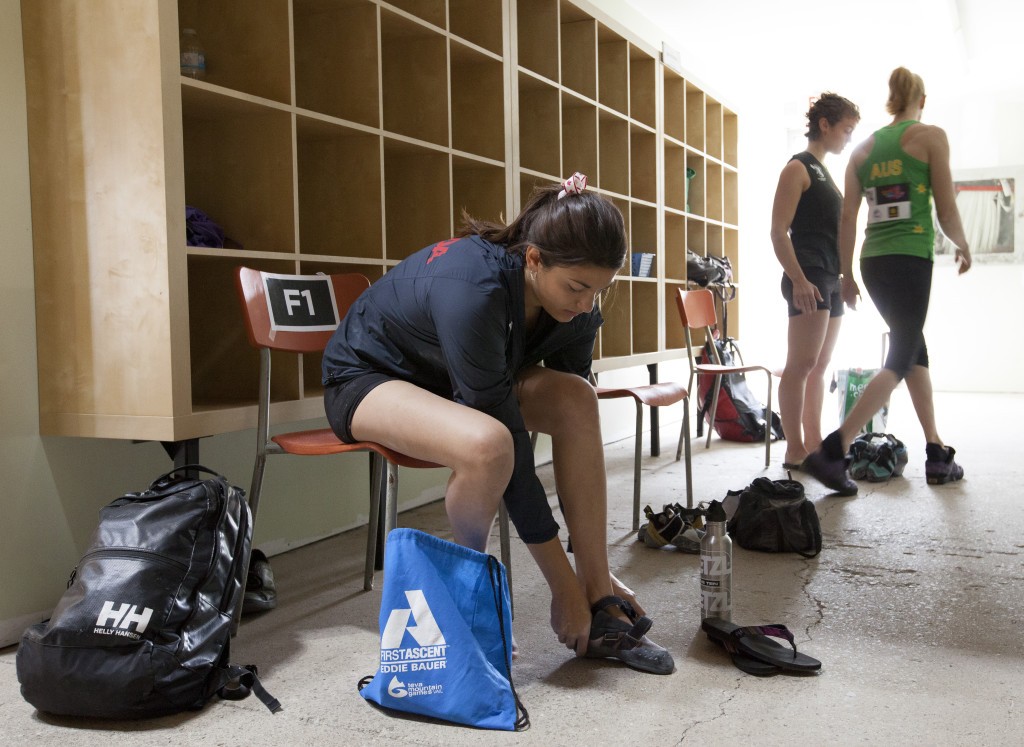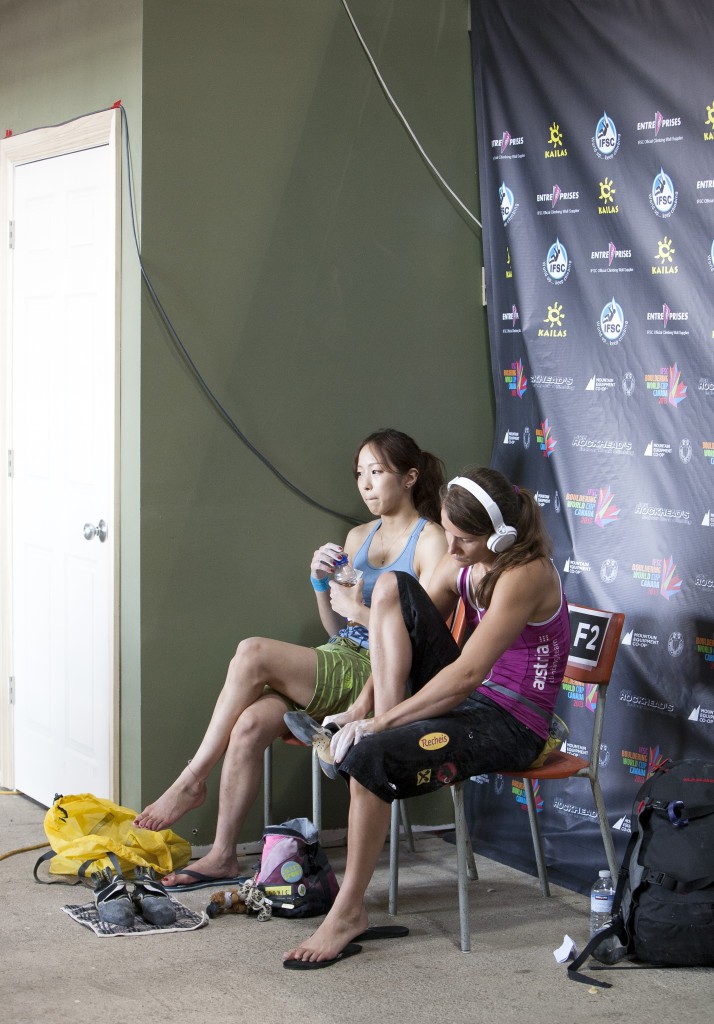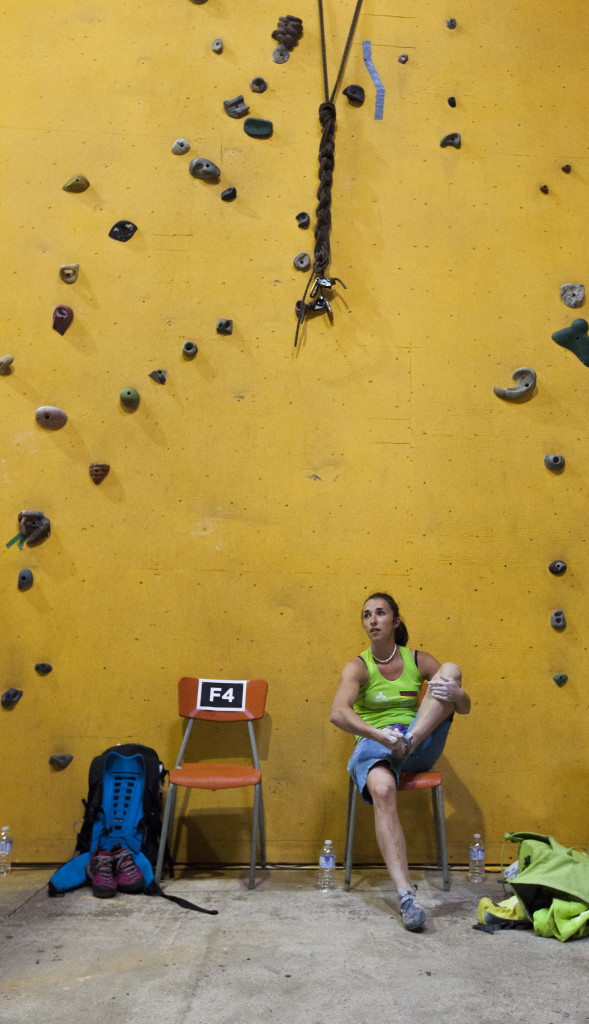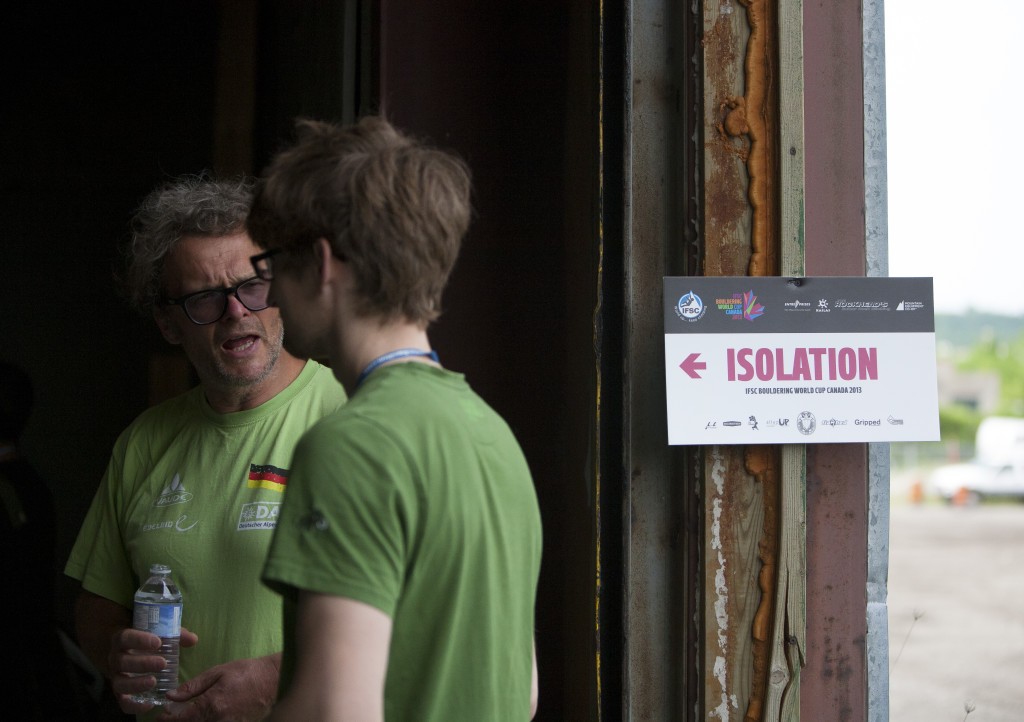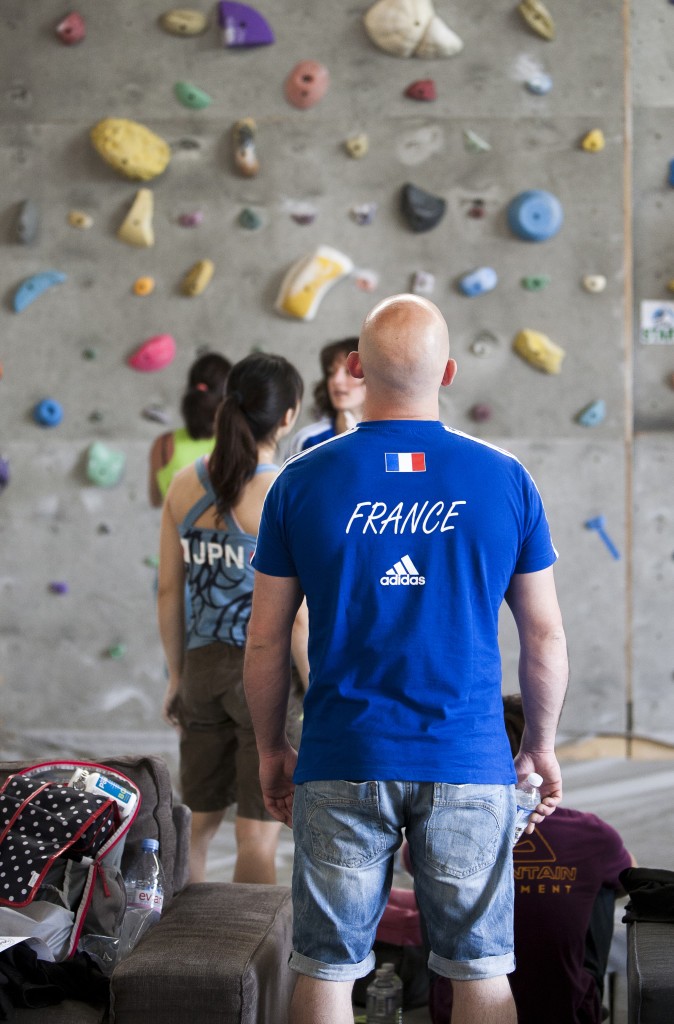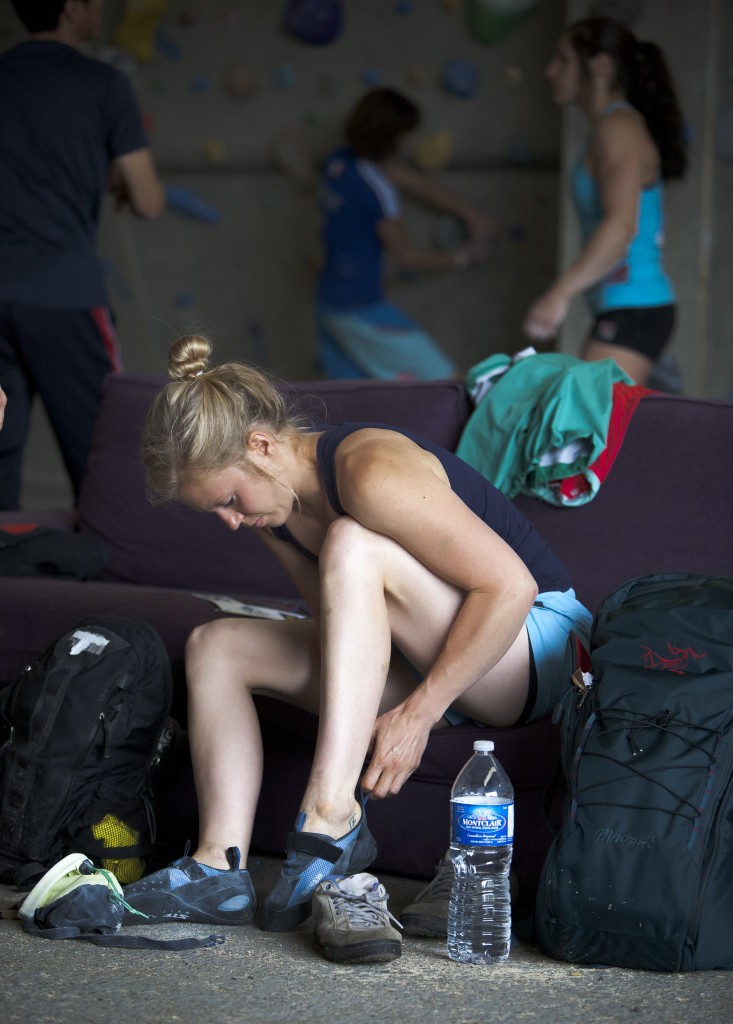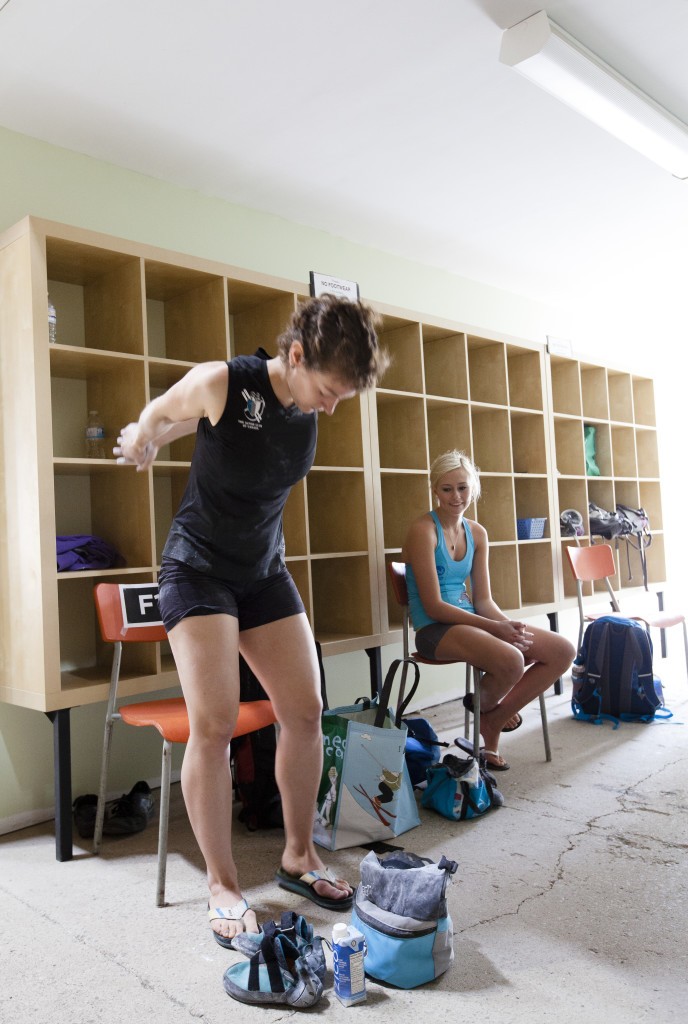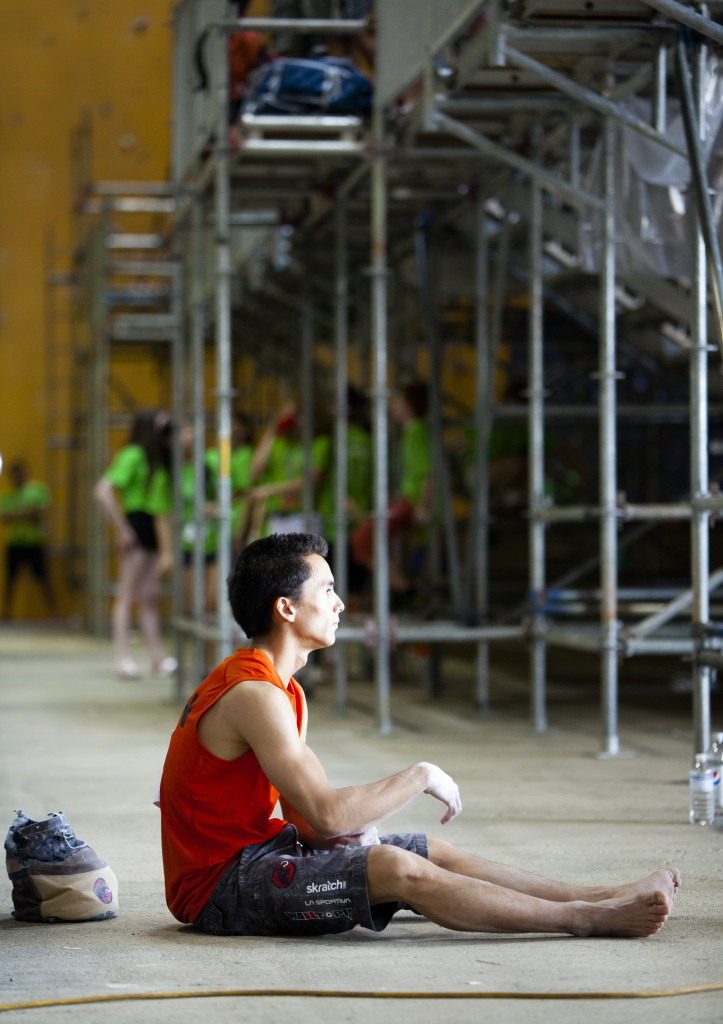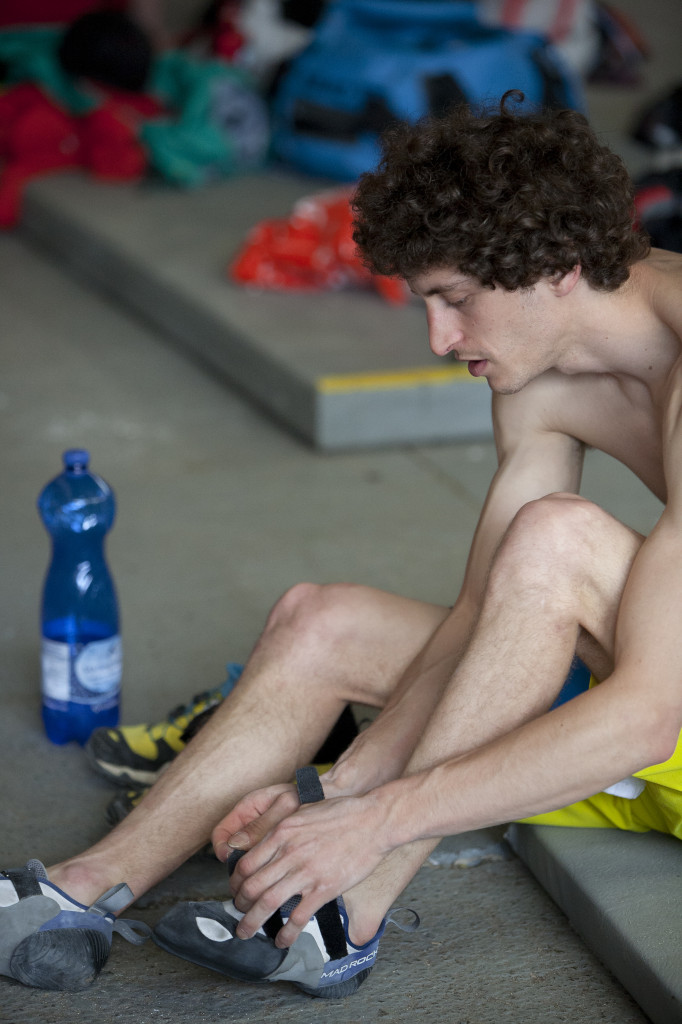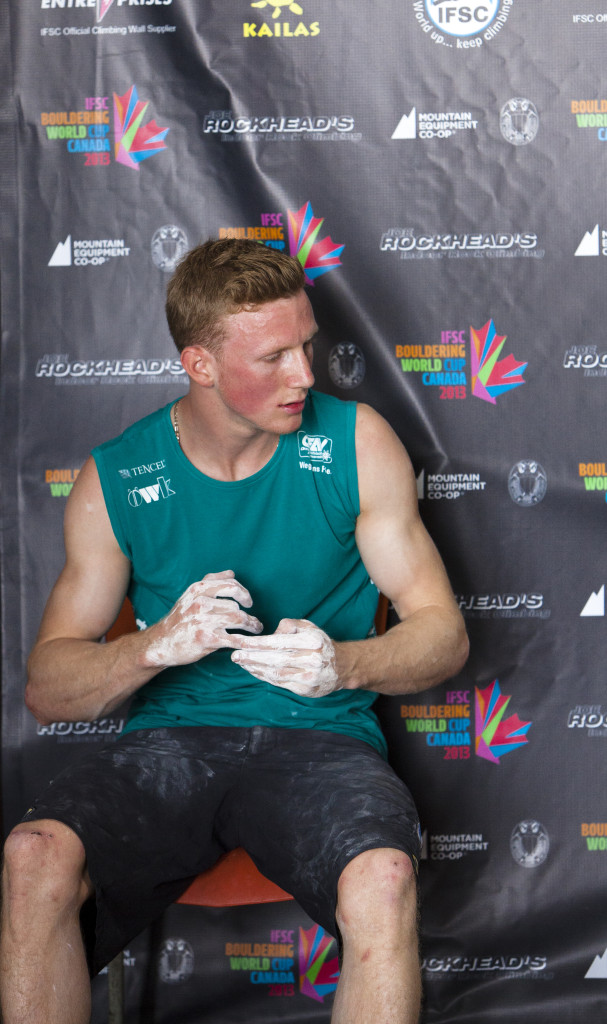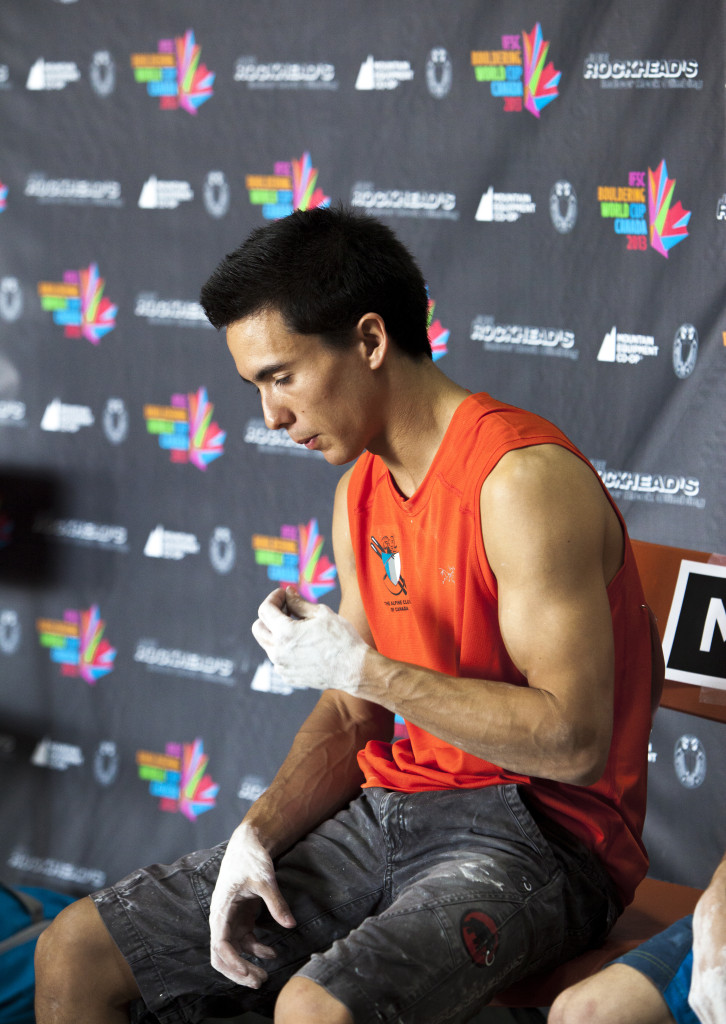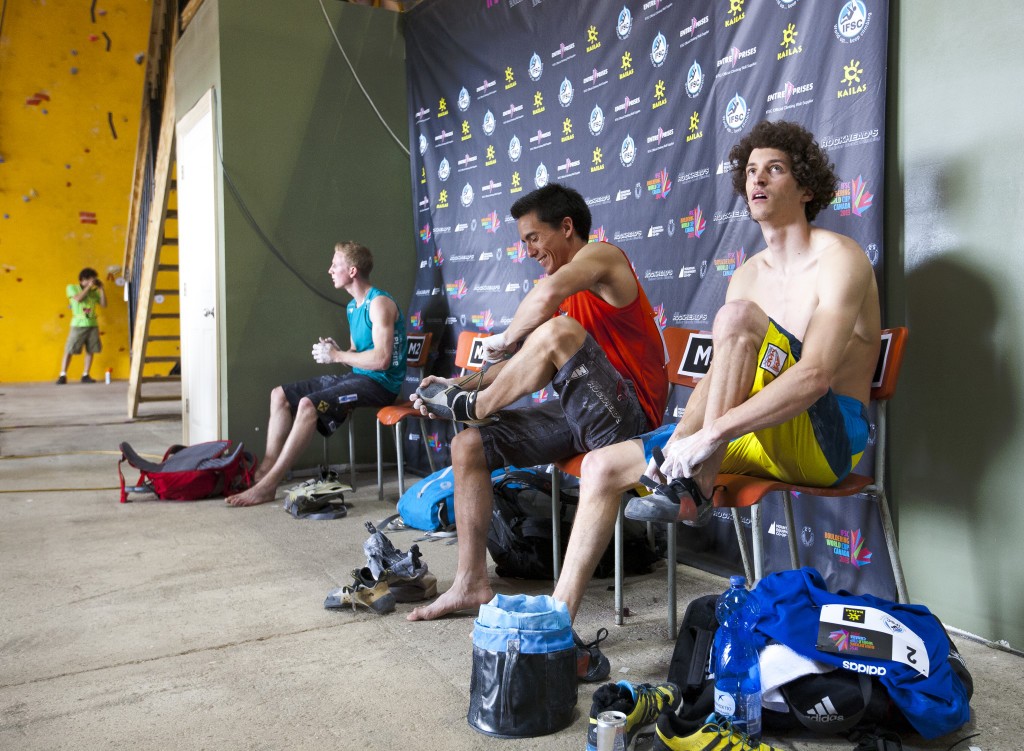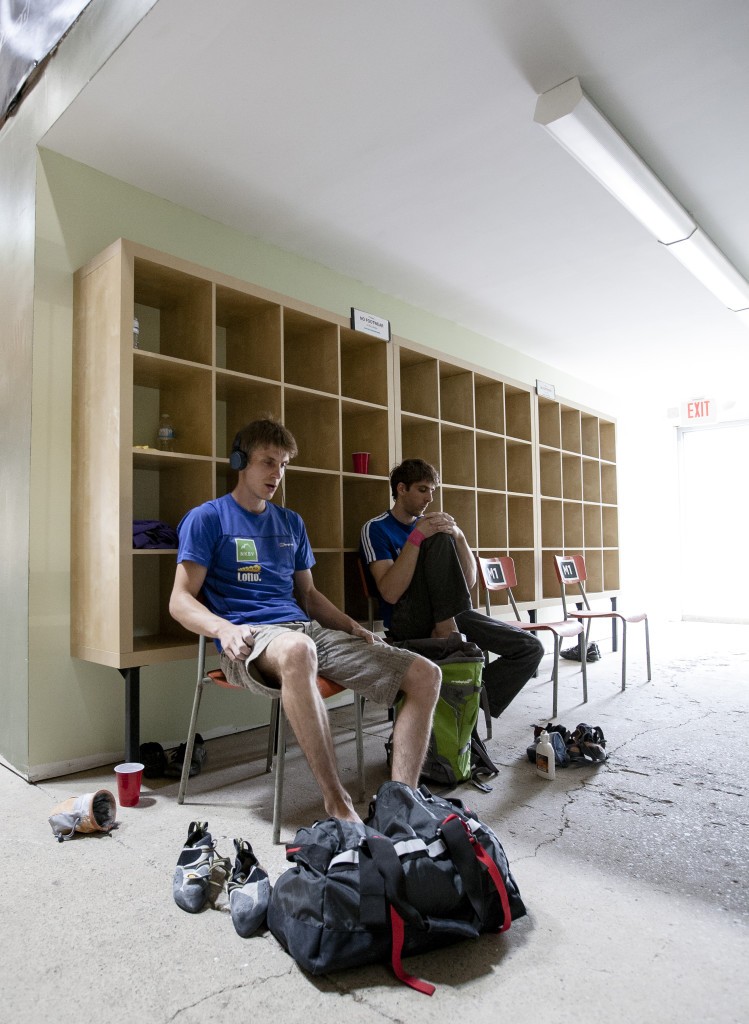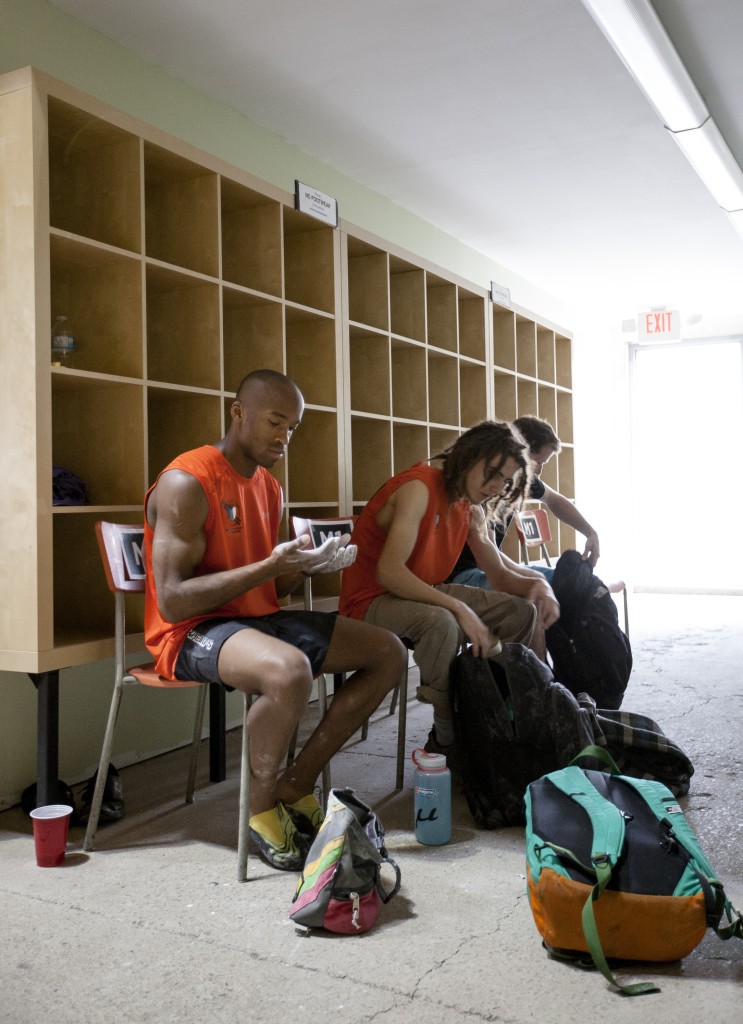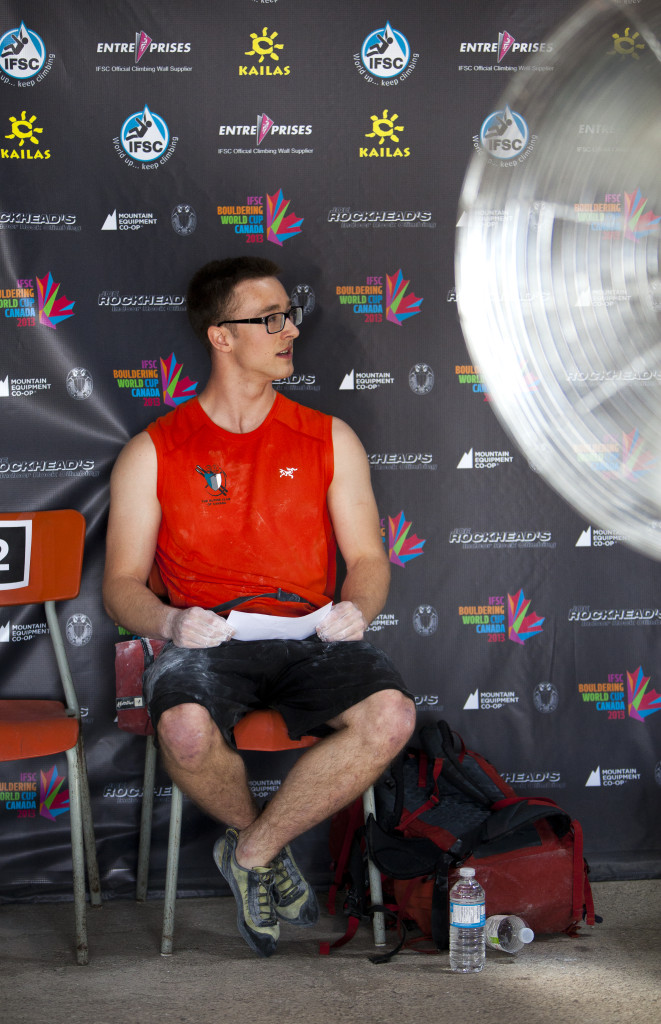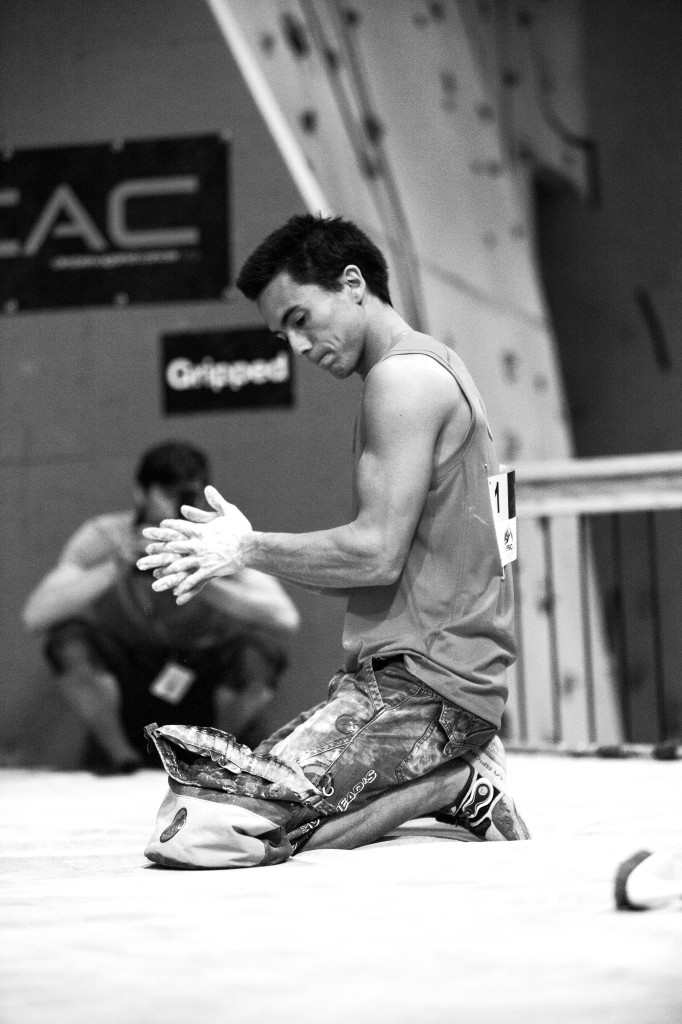Toronto World Cup: 3 days away
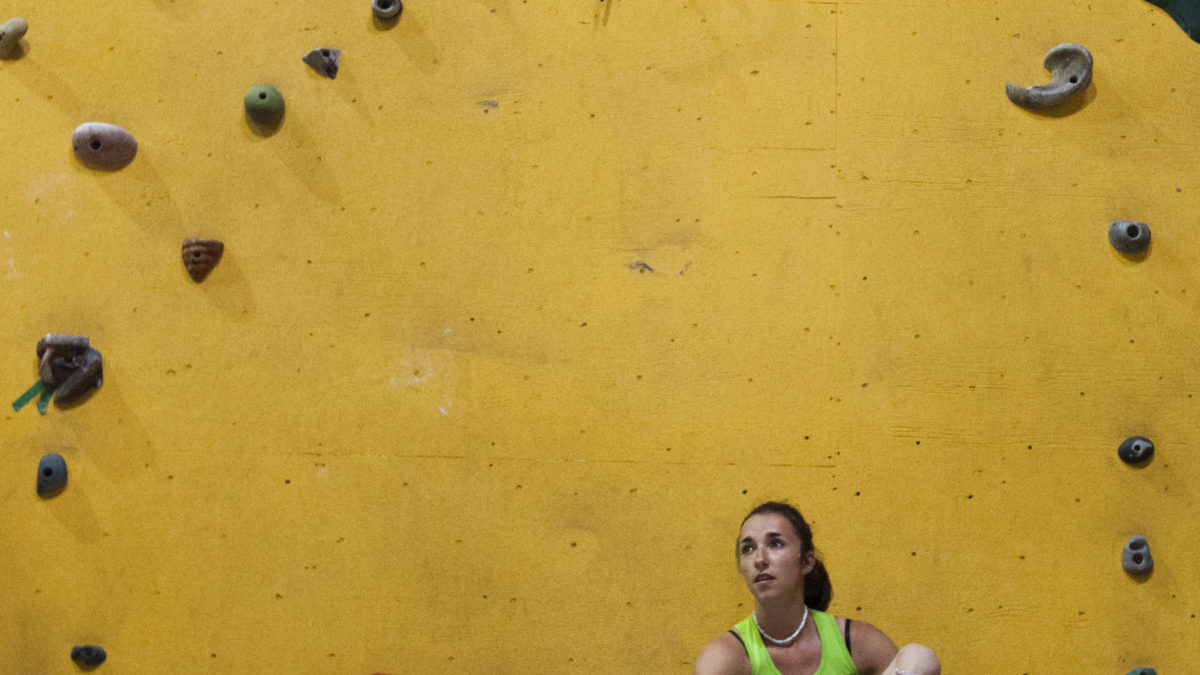
The Toronto World Cup will run from May 31 to June 1, here is Wednesday’s news and flashback.

Check out Tuesday’s news and flashback here.
As the weekend approaches, Canadians and International climbers have been flying to Ontario’s largest city in anticipation of this weekend’s World Cup.
Official Schedule of the Toronto World Cup here.
For the list of registered athletes for the Toronto World Cup see here.
Rumours are circulating that Adam Ondra will be at the Toronto World Cup.
Flashback to 2013, photos of finding the zone by Omar Duragos
Here is the history of competition climbing:
In 1985, in the Olympic town of Bardonecchia, Italy, not far from Torino, Andrea Mellano, a member of the Academic Group of CAI, and Emanuele Cassarà, a well-known Italian sport journalist, gathered a group of the best climbers for an event called “SportRoccia” held at a natural crag in Valle Stretta. It was the first organized Lead competition, launching a new era of modern Sport Climbing. Thousands of spectators were amazed by the victory of German athlete Stefan Glowacz.
In 1986, The success was repeated the following year in 1986, when Arco di Trento became host to the second SportRoccia event. The final was won by French superstar Patrick Edlinger and his compatriot Catherine Destivelle. More than 10,000 people attended the finals, including seven European television stations, as well as many media operators.
The same year, the French Federation organized the first indoor event at a gymnasium in Vaulx-en-Velin, a suburb of Lyon. The potential future for Sport Climbing became clear as all climbers began to show interest in this new branch of their sport, even those who appeared reluctant at first.
In 1989, at the International level, the French Federation and Paul Brasset lead a movement to convince the UIAA to officially recognize the competitive Sport Climbing circuit, which had grown substantially with the addition of the World Series in 1988 and the first World Cup in Speed and Lead in 1989. As a result, Brasset created a new organization within the UIAA (formed by the CEC and CICE) that was responsible for training officials (judges and forerunners) and creating competition rules.
In the early 90s, several large events were organized in all the main arenas of Europe, as well as in Japan and the US. During these years, it was decided that International events would be run only on artificial walls, in order to eliminate any environmental impact.
In 1991, the first World Championship was organized in Frankfurt, Germany, an event that now occurs every two years.
In 1992, the first World Youth Championship took place in Basel, Switzerland. Large participation at the event demonstrated how popular Sport Climbing had become with the younger generation. It is now an annual event.
In 1997, a new structure, the ICC – International Council for Competition Climbing – was created inside the UIAA, in order to guarantee sufficient autonomy to the sport and to provide it with the tools required for growth and development.
In 1998, bouldering was officially introduced as a new climbing discipline. A test competition was organized dubbed the “Top Rock Challenge,” and its success lead to the creation of the World Cup in 1999.
In 2000, the sport continued to grow with more than 45 countries regularly participating in official calendar events. The calendar included the World, Youth, and Continental Championships, the World Cups, the Continental circuits, as well as other high profile International competitions. It also sponsored promotional events for under-age kids (spiderkids) and amateurs. Today, more than 75 countries participate in climbing competitions held all over the world, with the World Championships and Youth Championships being the most popular events.
In 2005, competition climbing was added to events of the Duisburg World Games and the Asian Indoor Games to great fanfare.
In 2006, the UIAA decided to end its governance of Competition Climbing and supported the creation of an independent International Federation to govern this sport.
On January 27th, 2007, in Frankfurt, Germany 48 Federations convened to found the International Federation of Sport Climbing (IFSC). The Statutes and By-laws, as well as the regulations of the new International Federation were adopted unanimously. On April 28th, 2007, the AGFIS General Meeting accepted the IFSC as a new member. A few weeks later, the IWGA also accepted the IFSC, confirming climbing’s place in the 2009 Kaoshiung World Games.
On December 10th, 2007, the IOC granted provisional recognition to the IFSC, welcoming sport climbing into the Olympic Movement.
The number of members has now reached 80 countries from five continents.
On February 12th, 2010, the IOC gave definitive recognition to the IFSC, officially welcoming it as part of the Olympic Family.
On July 4th, 2011 the IOC Executive Board decided to include sport climbing on the short-list (with seven other sports) as a possible new event for the 2020 Olympic Games.
Thanks to the shortlist, the IFSC benefits from a major worldwide exposure and gains international support
In 2014, sport climbing is chosen by the IOC as a demonstration sport at the Youth Olympic Games in Nanjing, China.

